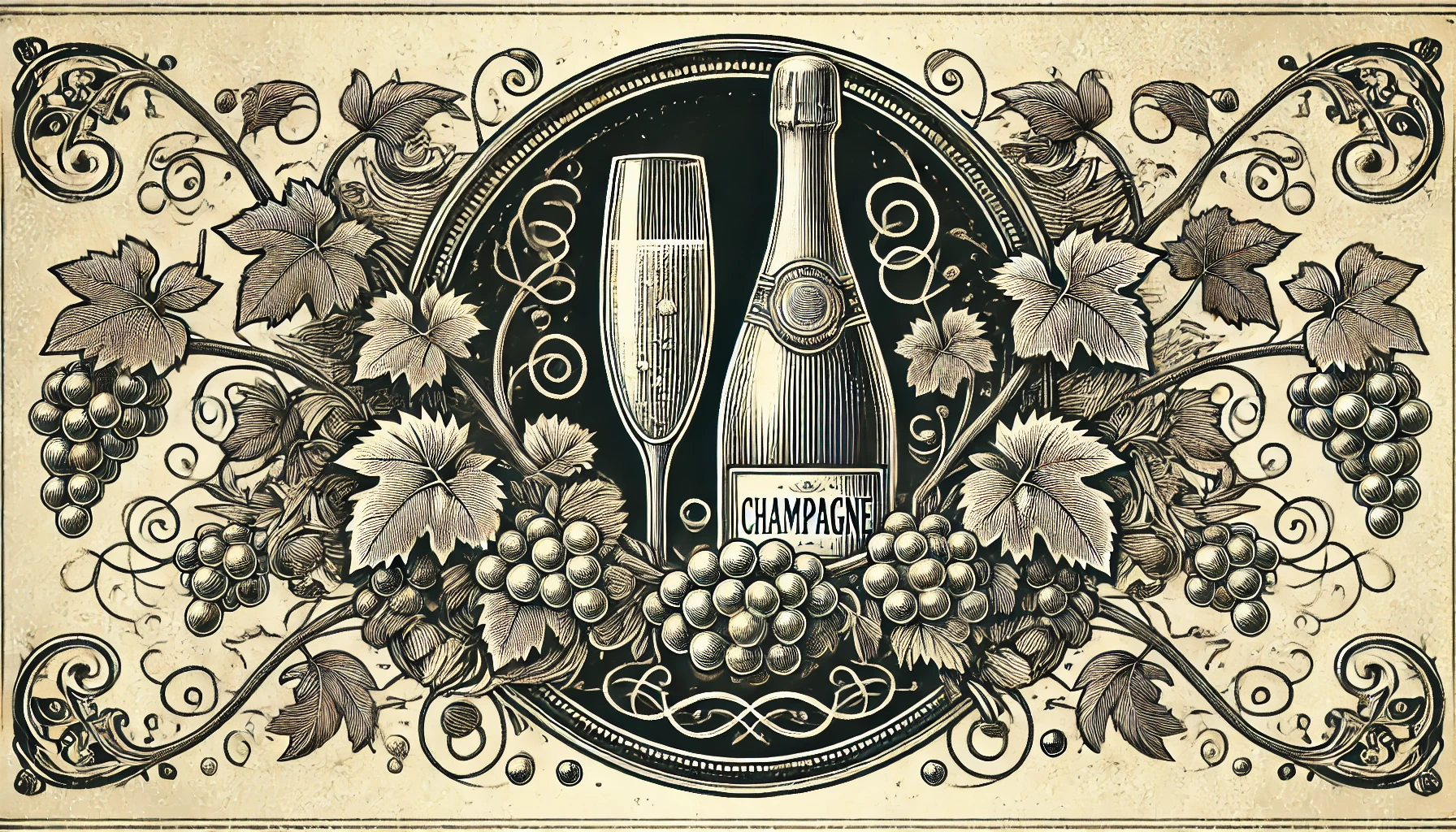
Residual Sugar (RS) refers to the natural grape sugars—primarily glucose and fructose—that remain in wine after fermentation concludes. During fermentation, yeast converts these sugars into alcohol and carbon dioxide. However, fermentation can be halted intentionally or may cease naturally, leaving behind varying amounts of residual sugar. RS is typically measured in grams per liter (g/L) and significantly influences a wine’s sweetness and mouthfeel.
How Is Residual Sugar Measured?
Residual sugar is quantified using methods such as hydrometry, refractometry, or enzymatic analysis. The concentration is expressed in grams per liter (g/L) or as a percentage. For instance, 10 g/L of residual sugar equates to 1% sweetness. Dry wines generally contain less than 4 g/L, while dessert wines can exceed 100 g/L.
Wine Sweetness Classification by Residual Sugar
The following table outlines common wine sweetness categories based on residual sugar content:
| Sweetness Level | Residual Sugar (g/L) | Common Wine Styles |
|---|---|---|
| Bone Dry | 0–1 | Brut Nature Champagne |
| Dry | 1–9 | Sauvignon Blanc, Cabernet Sauvignon |
| Off-Dry | 9–18 | Riesling, Chenin Blanc |
| Semi-Sweet | 18–45 | Moscato, Gewürztraminer |
| Sweet | 45–120 | Sauternes, Tokaji |
| Very Sweet | 120+ | Ice Wine, Pedro Ximénez Sherry |
Note: Perception of sweetness can vary based on acidity, tannins, and other factors.
Factors Influencing Perceived Sweetness
While it contributes to sweetness, other elements can affect perception:
- Acidity: High acidity can balance sweetness, making a wine taste less sweet.
- Tannins: In red wines, tannins can counteract sweetness, adding astringency.
- Alcohol Content: Higher alcohol levels can enhance the perception of sweetness.
- Temperature: Serving wine at cooler temperatures can suppress sweetness perception.
Methods of Controlling Residual Sugar
Winemakers employ various techniques to manage residual sugar levels:
- Fermentation Control: Stopping fermentation early through chilling or filtration retains more sugar.
- Fortification: Adding spirits (e.g., brandy) halts fermentation, preserving sugar levels, as seen in Port and Sherry.
- Süssreserve: In Germany, unfermented grape must is added to wine to increase sweetness without affecting alcohol content.
Residual Sugar in Sparkling Wines
Sparkling wines have specific classifications based on residual sugar:
| Label Term | Residual Sugar (g/L) |
|---|---|
| Brut Nature | 0–3 |
| Extra Brut | 0–6 |
| Brut | 0–12 |
| Extra Dry | 12–17 |
| Dry (Sec) | 17–32 |
| Demi-Sec | 32–50 |
| Doux | 50+ |
Note: “Extra Dry” is sweeter than “Brut,” which can be counterintuitive.
Health and Nutritional Considerations
Residual sugar contributes to the caloric content of wine. For example, a wine with 10 g/L RS contains approximately 1.8 grams of sugar per 150 ml serving. Consumers monitoring sugar intake may prefer dry wines with lower RS levels.
Conclusion
Residual sugar is essential for both winemakers and consumers. It influences not only the sweetness but also the balance, aging potential, and food pairing suitability of wines. Awareness of RS levels can enhance the appreciation and selection of wines to suit individual preferences.
References
- Wine Folly. (n.d.). What is Residual Sugar in Wine?
- Decanter. (n.d.). What is residual sugar in wine?
Curious about more wine terms and insights? Visit our Wine Wiki section and explore the basic wine terms for expert definitions and tips!